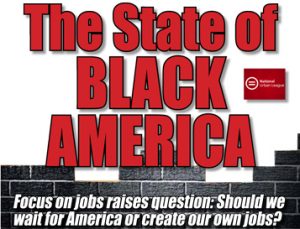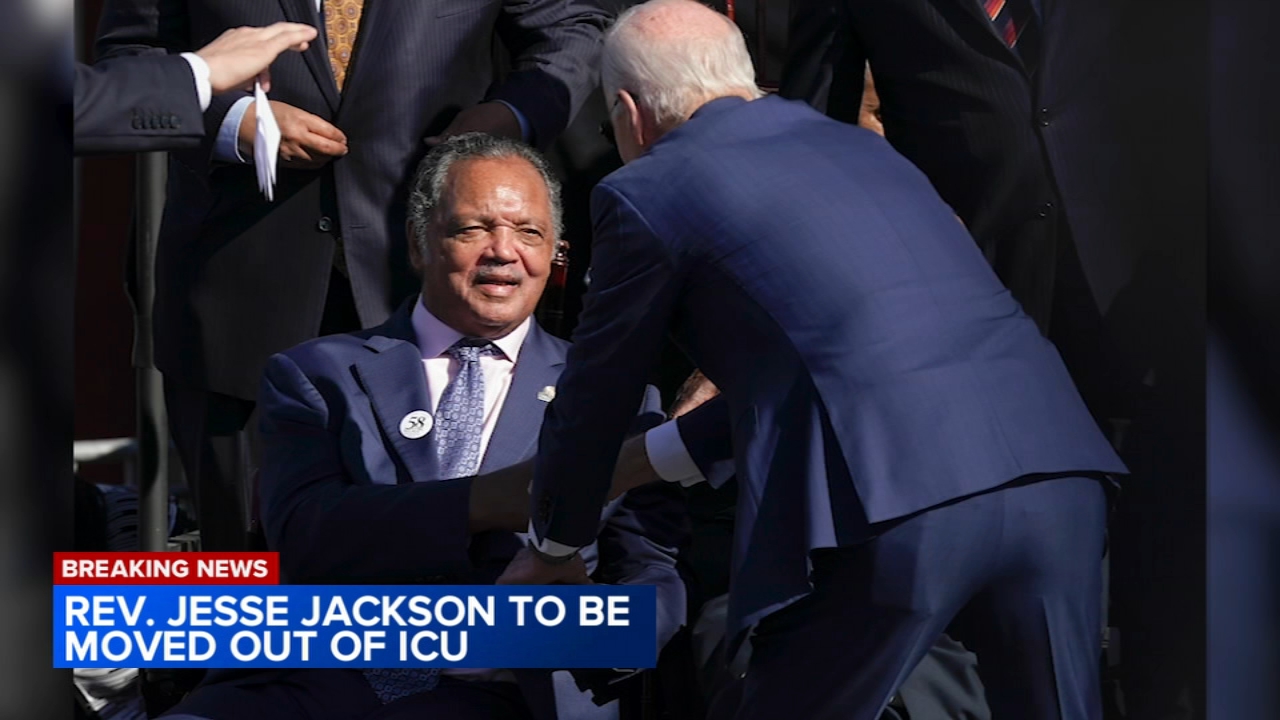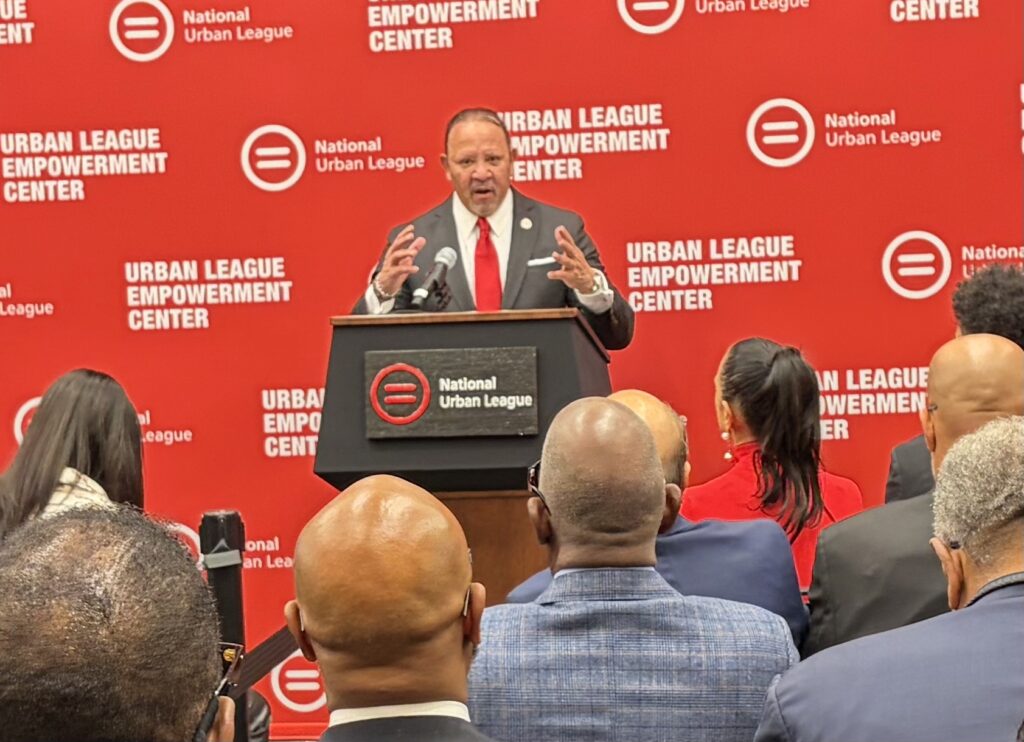(ThyBlackMan.com) “It is our hope that this document will pierce the dark veil of neglect that has thus far smothered efforts to right the wrongs of the past and present. It is presented as an alternative to failed public policies. I hope that it will be read closely in the White House and in the Congress and that it may influence decision-makers to open their eyes to the plight of black Americans. I hope it will be read by all of the candidates in both parties, whose campaigns thus far largely exhibit a refusal to grapple with real issues and with the concerns of black citizens. And I hope it will be read closely by the press and the electronic media, whose neglect of black interests and black concerns in 1975 was as pervasive as Washington’s. And I know it will be read by black Americans, in order that they may document their grievances and understand the terrible dilemma they face.” – Vernon E. Jordan, State of Black America, 1976
A nationwide assessment of the digital economy has found that Black Americans are overrepresented as tech consumers, but drastically underrepresented as tech employees, according to the 2018 State of Black America®.
The State of Black America, the National Urban League’s seminal annual publication, has become one of the most highly-anticipated  benchmarks and sources for thought leadership around racial equality in America across economics, employment, education, health, housing, criminal justice and civic participation.
benchmarks and sources for thought leadership around racial equality in America across economics, employment, education, health, housing, criminal justice and civic participation.
The report is available on www.StateOfBlackAmerica.org
This year’s report, “Save Our Cities: Powering the Digital Revolution,” set out to answer the question, “Are the new job, business and educational opportunities created by increased digitization of our world being equally shared?”
African-Americans make up less than 5 percent of the workforce at social media and technology companies, vs. more than 50 percent for Whites. Less than 6 percent of total Black employment in 2017 was in the tech industry, vs. 8.5 percent for Whites.
Historically, while great industrial breakthroughs have profited our nation, African-Americans have often been exploited, rather than elevated by these advancements. Fortunately, the digital revolution is still in its youth—and ripe with potential for Black Americans. While it has positioned itself such that the barriers of entry are few and low, the findings of the National Urban League’s 2018 Digital Inclusion Index are unambiguous: we must separate the signal from the noise.
The Digital Inclusion Index is a brand-new iteration of the report’s traditional Equality Index™ – a mathematical representation of the relative social and economic status of Black Americans relative to whites. The 2018 Equality Index remains 72.5 percent, unchanged from 2017, while the Digital Inclusion Index is slightly higher at 74.1 percent. An index of 100 percent would represent full equality.
Inspired by the Three-Fifths Compromise of the 1787 United States Constitutional Convention, the Equality Index is calculated using an array of statistics in five categories: economics, health, education, social justice and civic engagement. The Digital Inclusion Index is calculated based upon digital skills and occupations, digital access and digital policy.
The report includes the commentary and analysis of more than 50 thought leaders in business, government, science and the arts.
Technology is a study in contrasts for Black America. Black families continue to remain less likely than white families to have dedicated internet access at home, yet African Americans are the second-largest multicultural group, after Asian Americans, for mobile device ownership, with 91% owning smartphones. Black millennials are influential, leading users of mobile technology and platforms, and voracious consumers and creators of digital content, but lag behind in tech employment.
The report found some areas of above-average digital equality. Although African Americans were less likely, in general, than whites to receive degrees in science, technology, engineering and math (STEM) , one kind of STEM degree actually is more common among African Americans – computer and data science. In 2015-2016, 2.8 percent of African Americans, vs. 2.6 percent of whites earned such degrees.
While African-Americans with doctoral degrees in science and engineering don’t have the same outcomes as their white counterparts, they are closer to parity than the average worker – almost 93 percent.
The report also includes a Hispanic-White Equality Index which calculates the same categories as the Black-White Index. This year’s index is 79.3 percent, a slight gain over the 2017 index of 78.5 percent. Both the Black-White Index and the Hispanic-White Index reflect slight gains in household income, graduation rates and college enrollment.
Written by Marc H. Morial
Official website; http://twitter.com/MARCMORIAL

















Leave a Reply